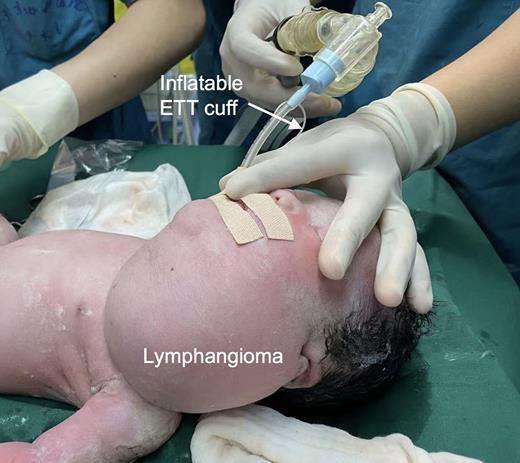In utero intubation
-
I always hated pediatrics. Things go south SO FAST, and the patients are rarely cooperative before surgery.
An amazing case report of a fetus with a large neck mass. Once delivered, it looked like intubating the kid would be damn near impossible. Well, impossible and having the kid survive the intubation. You need to take your time, and if the baby isn't breathing during intubation (as is standard), and to take too long, you'll get a bad result - ie a dead baby.
Solution? Intubate the kid while still in utero. Secure the airway, and then deliver via caesarean and proceed with the surgery to deal with the mass.
I am amazed.
Giant fetal neck masses are congenital anomalies that pose significant perinatal risks, including mortality, hypoxia, and anoxic brain damage due to difficulties in promptly establishing neonatal airway.1 The ex utero intrapartum treatment (EXIT) procedure enables airway management while maintaining utero-placental circulation after partial delivery of the fetus via cesarean delivery.1,2
A 36-weeks-pregnant woman, with a fetus diagnosed with a giant neck mass, underwent ex utero intrapartum intubation to secure the fetal airway. Preoperative preparation included multidisciplinary consultations and rehearsals for the EXIT procedure. General anesthesia was administered using rapid sequence induction. Sevoflurane was subsequently maintained at 6% (2 to 3 minimum alveolar concentration [MAC]) to maximize uterine relaxation, facilitating partial delivery of the fetus.During the EXIT procedure, the fetal head and neck were delivered while ensuring placental circulation. A videolaryngoscope (Vimed Medical, China) facilitated intubation with a reinforced endotracheal tube (ETT) (fig. 1). After successful intubation, the fetus was fully delivered.
